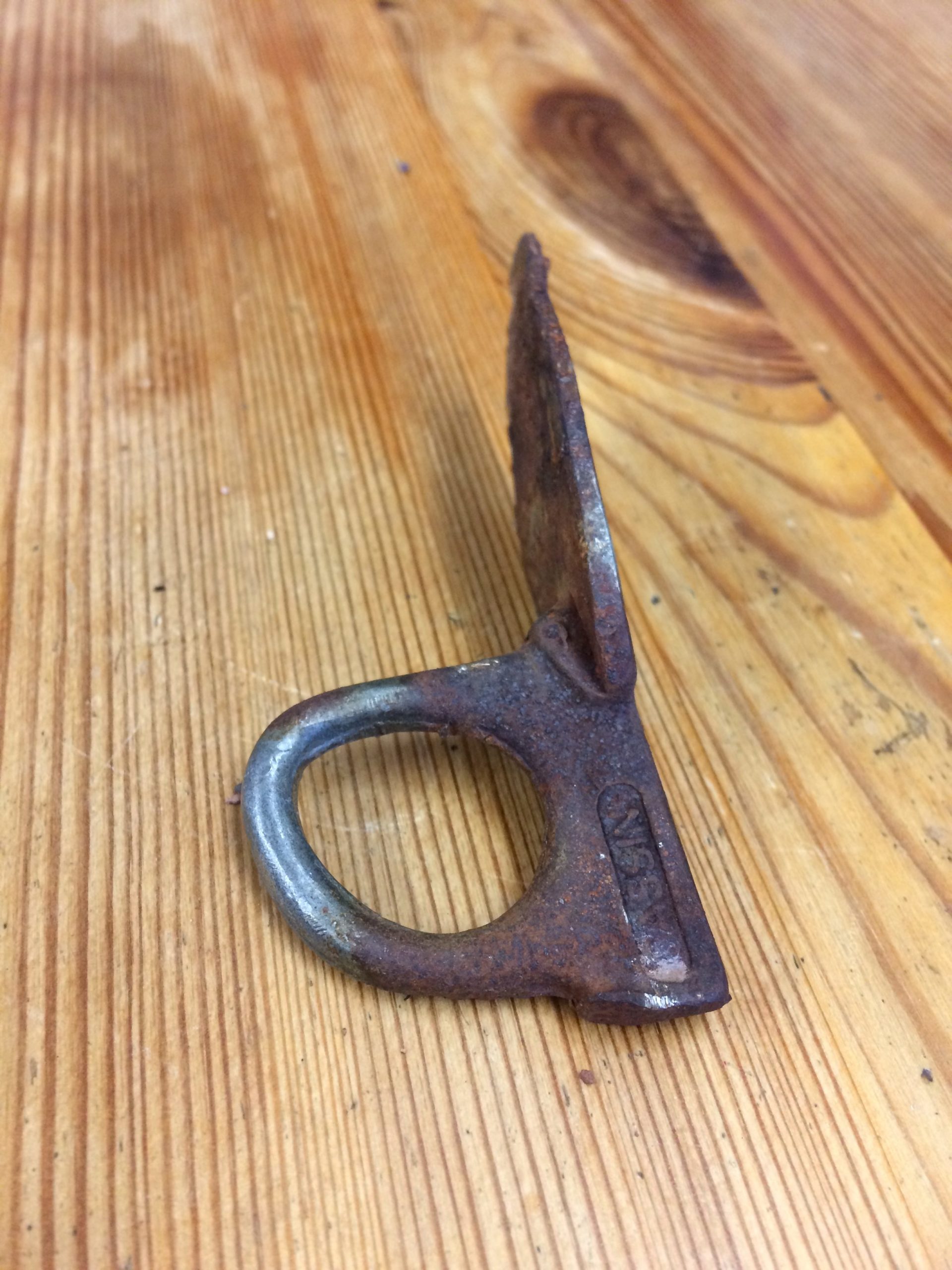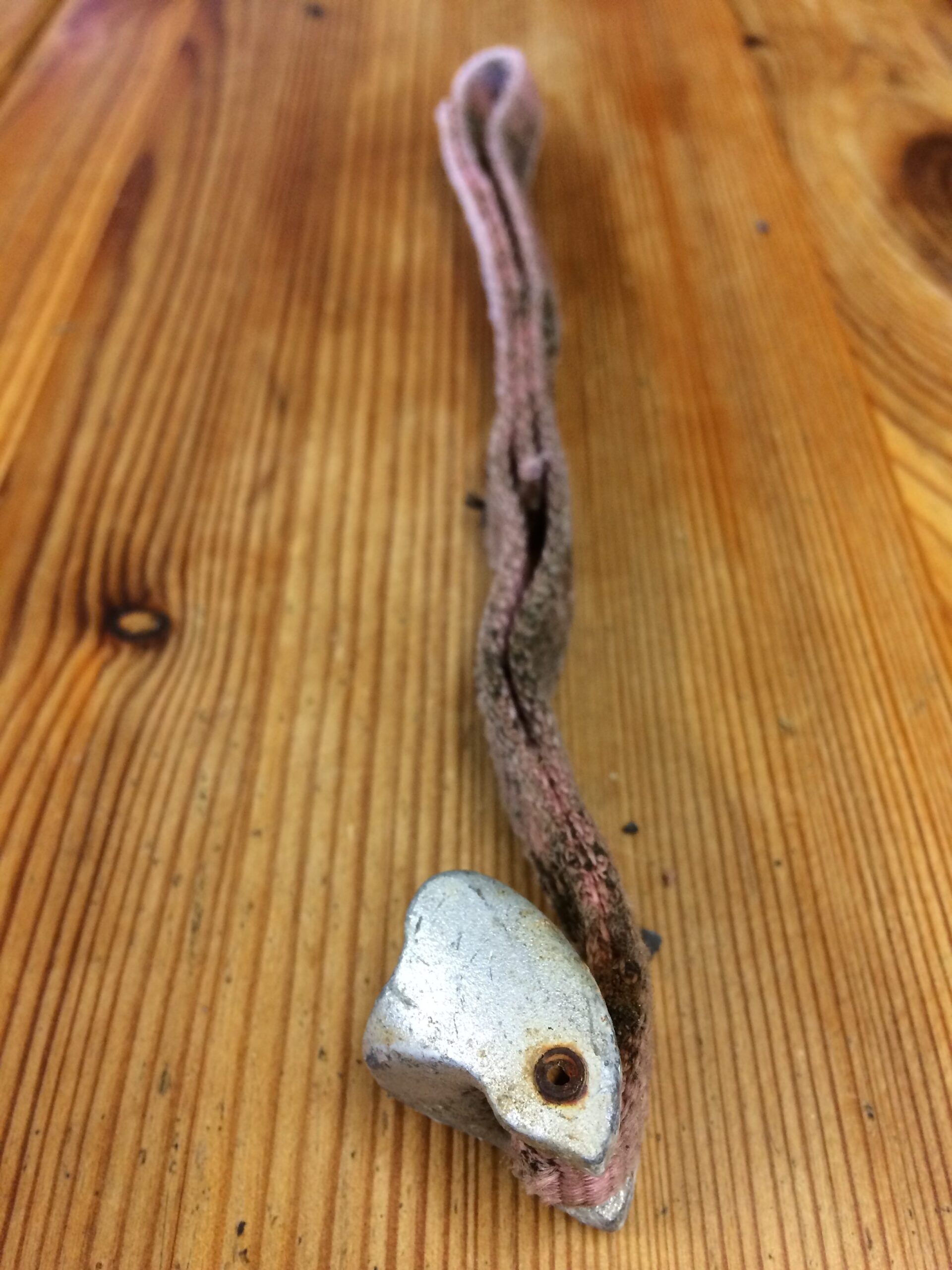07775 853 348


Aha! A nylon loop protrudes from a crack, ‘My saviour. Clip it.‘ I relax and my body snatches some energy as I breathe again.
But now the crack plays mean; too wide for torquing the pick but too narrow for the shaft. My tools hang from my wrist as I jam and crimp for another move, but it’s getting strenuous. I try to bridge to ease the strain but have to twist my foot into a crack – momentary relief for the arms, but now my calves are burning. My mind races anxiously. ‘Focus. Need more gear. What’s that? The eye of a piton winking at me. Well hello there, you are my new best friend! Just one move away. It’s clipped. Breathe. This is not so bad.’ Suddenly it’s even thinner.
‘Why is the rock moving so fast in the opposite direction? Why is Pete next to me? I’ve fallen. Is Pete ok? He’s making a groaning noise. I have landed on his shoulder. I’m tangled in the ropes, let’s get untangled and clip into the anchor. Is Pete ok? My nose feels warm. What’s that red stuff? Must be blood… no pain, so can’t be serious. Check on Pete.’
We laugh it off, sharing a moment of relief that we are both alive and no axes and crampons have penetrated any body parts. However, Pete can’t move his left arm above his shoulder without pain – game over for today then. We look up and realise that the two in situ pieces of gear have exploded out (i.e. tri-cam and piton), but my own cam had held.

How many of us have clipped in situ gear and hoped for the best. In winter, it can be trickier to inspect the state of the in situ protection because the cracks these have been placed in are iced or snowed up, but we clip it anyway. Psychologically it allows us to move on and hopefully we never have to fully test the in situ piece(s).
To make an informed decision we would need to consider the following:
It’s unlikely we can answer all of these questions, but yet we may simply feel grateful that its there to help us in a moment of crisis. Whether it can hold a fall comes largely down to luck if we can neither inspect it properly or know its history.
My Advice
Whether you are climbing rock, ice or mixed; treat any in situ gear with suspicion and only trust it if you have thoroughly checked its condition and its placement, remembering that even a comprehensive visual check cannot provide definitive information about its structural integrity.
Avoid trusting in situ gear for anything other than a psychological prop while you place your own equipment immediately afterwards, using your skill and judgement rather than trusting to luck!
Pete and I came off lightly. I was lucky to escape with a few bruises and a cut and Pete with a displacement of the AC joint in his shoulder. Don’t repeat my mistake. Live life, sometimes up to the edge, but leave it there.
Click here, a link which will show you an in situ DMM size 6 wallnut found on Deep Cut Chimney, Hell’s Lum, which we strength tested.
If you are keen to book onto one of our winter climbing courses, please click here, and look at what we have available. Otherwise get in touch.